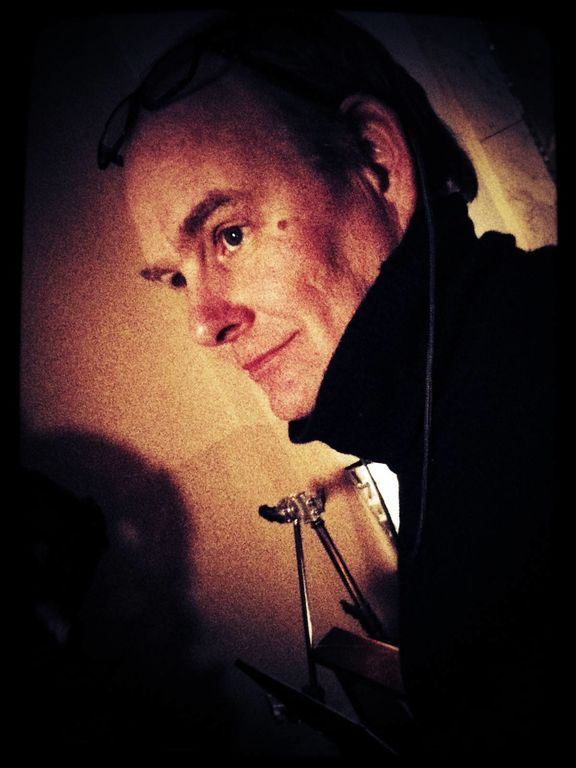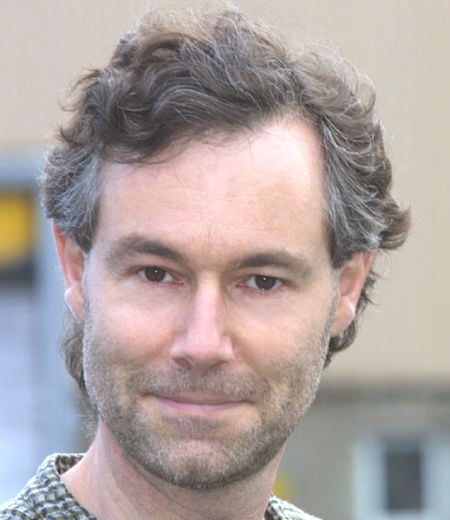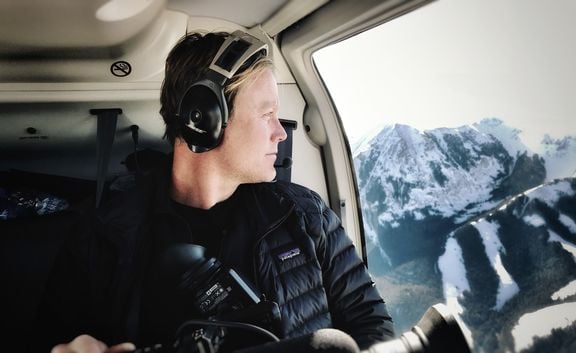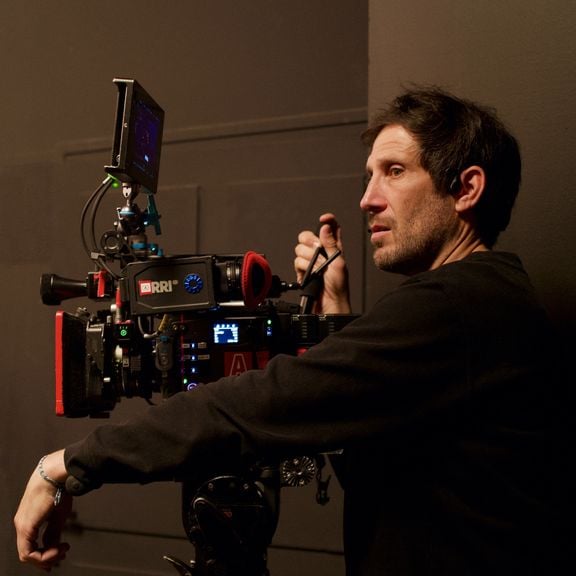SHOOTING FAST WITH TONY MILLER, BSC AND LEITZ PRIMES ON MR. MALCOLM’S LIST
Mr. Malcolm’s List is an independent, Jane Austen-esque period film set in 1820 and shot in Dublin, Ireland by cinematographer Tony Miller, BSC with director Emma Holly Jones and scheduled for theatrical release by Universal Studios and Bleecker Street in early 2022.
By Tony Miller, BSC
During my testing for the film Mr. Malcolm’s List, I spoke with cinematographer Seamus McGarvey, ASC, BSC about his use of the LEITZ PRIME lenses from Ernst Leitz Wetzlar on his recent film Cyrano. When I first saw them on a camera I said, “These are the lenses!” After extensive testing I found them to be warmer and softer on full frame than the SUMMILUX-C lenses I had used on many previous projects. They offer a painterly look that not only fit this project but can be used to create a wide variety of looks. In fact, if I had it to do over again, I probably would have shot (television series) Fleabag on these lenses at full frame as well.
I believe full frame is the future for high end TV and movies. For this film we chose the ARRI Alexa LF framed in 2.40:1 because the natural curve out of the camera was easier to accommodate the period vibe, although I could have easily gone with the Sony Venice as well. I love the Venice and think it is an underrated camera.
For years I owned a vintage lens rental business in the UK, but I got bored looking for character at the edge of the frame. I’ve felt the same about the anamorphic look lately. Spherical lenses give me a lot more options with the look, with visual effects, as well as a wider range of focal lengths. I am shooting a series on anamorphics now and really only use a couple of focal lengths. With the Leitz Primes I found myself with a wider selection and used far more of them. For my work these lenses are the right stop and the right range.
Our locations for this film were beautiful period Georgian homes and wonderful natural settings in Ireland. Homes like that light themselves from the outside in. Inside we used lots of candles and point light sources, almost exclusively from natural sources. The cinematography and the natural light sources were a big part of telling the emotional story of this film. The lighting drove our choice of lenses because we needed clarity and speed to shoot wide open most of the tie or very close, and the T1.8 stop of the Leitz Primes was a good place to work. What I like about the Leitz Primes is the consistency of the image at T1.8, T2.8, or T4. They stay very even and remain flat across the full frame plane and there is almost no chromatic aberration. With a clean frame I knew that I could burn, blur or bend the edges in post if I wanted to.
We did use a bit of filtration with ¼ or ⅛ Schneider Hollywood Black Magic filters, but I’m not sure it was necessary to create the romantic feel. I work more on lighting to create that effect anyway. The Leitz Primes helped by offering both warmth and amazing detail and I found they rendered the diverse skin tones of the cast particularly pleasingly and quite effortlessly. I felt that I was working in a realm that was more filmic and brought a characteristic to the depth of field that is closer to anamorphic. Ultimately, for me cinematography is about lighting and not the tools, but these lenses are a tool that gets me closer to that filmic look.
I had a brilliant focus puller on this film, Simon Cuiliton, who managed the wide open, low light scenes beautifully. To me, focus pulling is the most difficult, most exposed, and most unrewarded position in the camera department. We were working at candlelight exposures, which is exciting for a period film, and Simon was superb. Larger, dedicated monitors on set have raised the level of the craft for focus pullers these days and they give cinematographers more room to push the boundaries.
On this film the T1.8 stop was such an important factor because we could work so much more rapidly than if we were a couple stops slower or shooting anamorphic. I would not have said that 5-6 years ago when I was a film purist, but right now it underscores what these new, younger DPs accept as the norm, that they can light at T1.8 and raise the camera to 1250. We older DPs who have been more reluctant are becoming more adapted to working in that way.
While the digital cameras have gotten better, they’ve also gotten lighter. Size wasn’t a detriment or limitation for us with the Alexa LF and my A-camera operator Alessandro Brambilla, who is among the best of the best, made everything move seamlessly on Steadicam. We just pushed the battery back a bit to balance and off we went. Sadly though, none of these cameras will ever be as ergonomic and beautiful as the Aatons and some of the ARRI cameras from the early 90s.
Interview by Seth Emmons

Overview
DoP Tony Miller
DoB November 28, 1964 (age 61 years)



